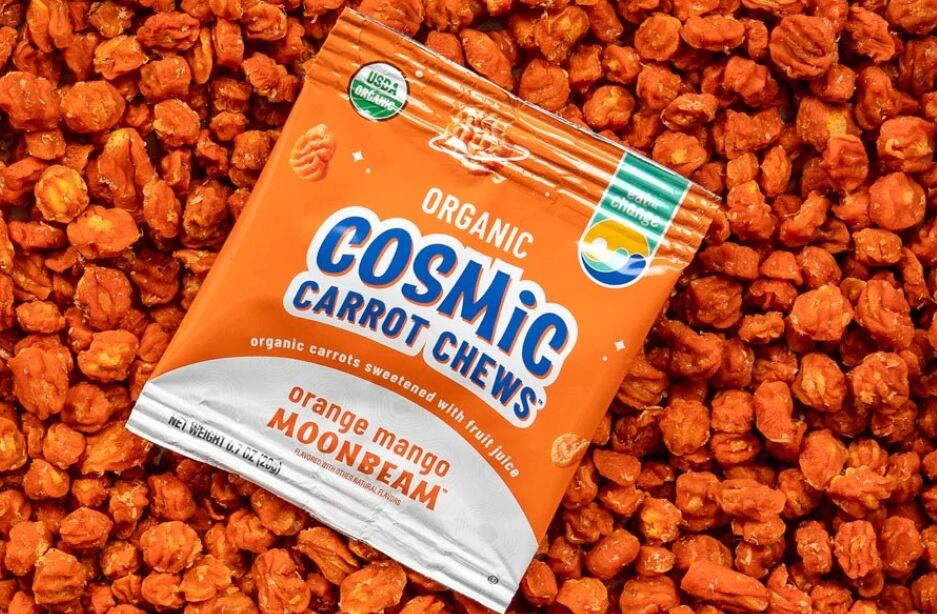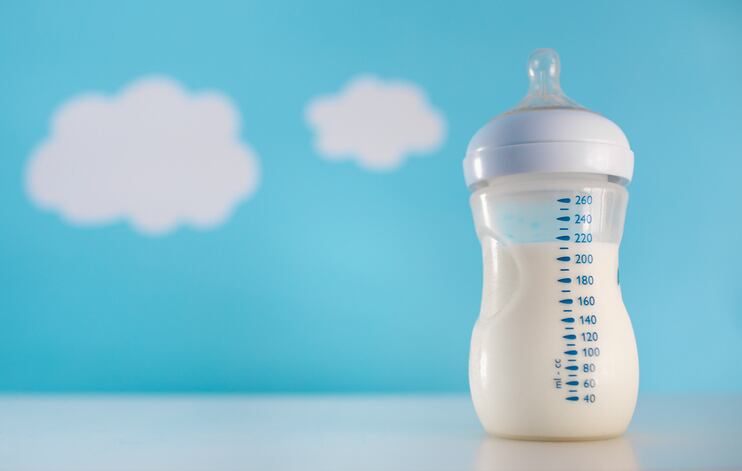Researchers with the Rudd Center for Food Policy and Health and the University of Connecticut acknowledge that CFBAI’s revised nutrition standards that went into effect in 2020 are “a step in the right direction,” but they argue in a report* published today that they continue to “fall short of what’s needed to regulate the industry and keep kids healthy.”
In 2020, the food industry’s voluntary self-regulatory program CFBAI revised its qualifying nutrition standards to lower sodium and added sugar limits of products that participating brands could advertising to children younger than 12 years.
It also strengthened positive nutrient requirements so that the whole grains food criteria ensured a “meaningful amount of whole grains,” and limited nutrient-based qualification claims primarily to those that the Dietary Guidelines for Americans identifies as “under consumed,” among other changes.
At the time, these changes were predicted to require 40% of the foods on CFBAI’s product list at the time to be reformulated to continue to qualify for child-direct advertising after Jan. 1, 2020.
And according to the Rudd Center research published today, the revised guidelines caused the number of CFBAI brands to drop from 46 to 39 and the number of products allowed to advertise under the stricter standards fell 19% from 308 products in 2017 to 2020 when the guidelines went into effect.
The bulk of this drop off came from sweetened exempt beverages (a 72% drop) and meals and entrees (also a 72% drop).
The overall nutritional quality of the remaining products also improved, but only minimally, according to the study which evaluated the products that met CFBAI’s revised nutrition criteria using NPI score – an overall nutrition score based on the nutrient profiling model used in the UK to identify healthy products advertised to children.
It found the median NPI scores increased to 68 in 2020 compared to 66 in 2017, with most of the improvement focused in the sweet snacks and yogurts categories. Scores for products in meals and entrees, savory snacks and nut butter categories declined and those for cereals and cheese products were unchanged, according to the research.
Overall, the researchers found two-thirds of products advertised to children under the revised guidelines had healthy NPI scores.
Gaping loopholes
While this is progress, the researchers say the revised guidelines still have gaping loopholes that allow unhealthy products to be directly and indirectly advertised to children who are highly influential.
For example, the researchers note that the CFBAI Revised Nutrition Criteria are still less stringent than healthy product guidelines identified by non-industry stakeholders. And they note “it is not clear why limits on nutrients such as added sugar or saturated fat should differ by category.”
Moreover, they question why CFBAI allows companies to advertise “exempt” sweetened drinks to children when the American Academy of Pediatrics and public health experts say children should not consume any drinks with added sugar or non-nutritive sweeteners.
The researchers also note that while participating companies may only promote CFBAI compliant products on child-directed media, this advertising influences children’s awareness and preferences for brands, which may also include products that are not advertised because they do not meet the standards.
In addition, the report finds that some CFBAI participating brands may forgo child-direct media, but still promote the products via websites, packaging, in-store displays and partnerships that appeal to children.
Finally, the researchers note, the limited protections that come from revised CFBAI guidelines do not extent to children older than 12 – something they would like changed so that the restrictions apply to products aimed at children at least as old as 14 years, but ideally 17 years.
A call to action
Given these limitations of the guidelines, the researchers ask CFBAI to further strengthen standards to match those established by independent experts, standardize the nutrition criteria across categories and increase the categories that should not be advertised to children at all.
They also encourage CFBAI to require all products offered by brands with child-directed advertising to meet the nutrition standards and expand coverage to include all types of marketing.
Weary of the efficacy of CFBAI more generally, the researchers call on the Federal Trade Commission to establish voluntary guidelines to ensure children’s products promote a healthy diet. They also ask federal legislators to block unhealthy food and beverage marketing to children as a tax deductible corporate expense and local legislators to further restrict marketing of these products in their communities.




